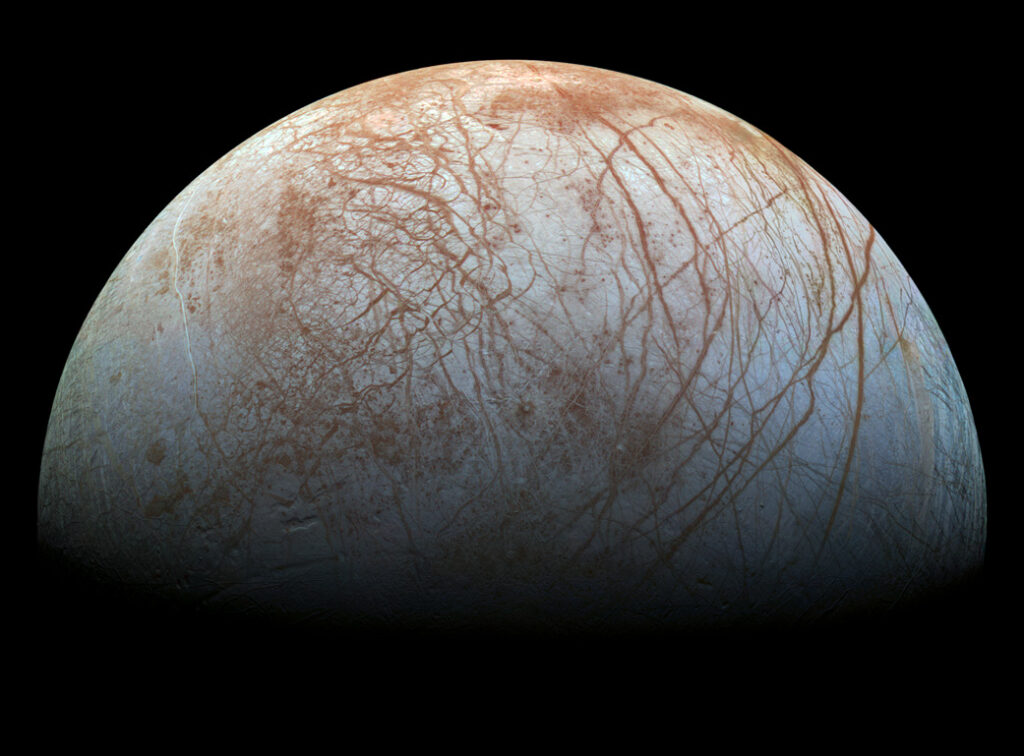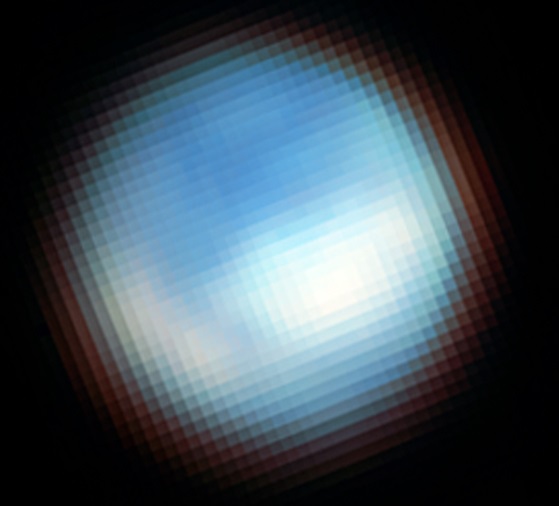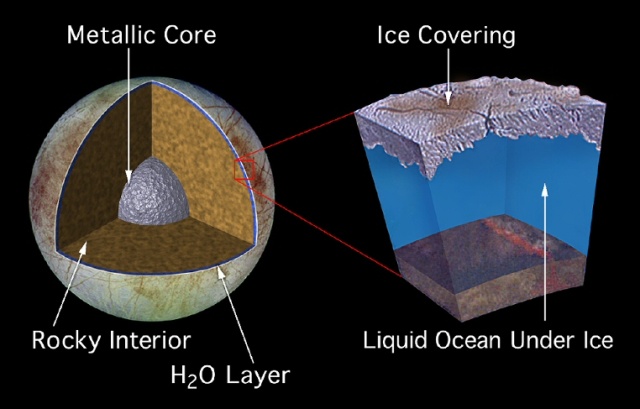For as long as humans have gazed into the night sky, we have wondered about life beyond Earth. Scientists now know that several places in our solar s
For as long as humans have gazed into the night sky, we have wondered about life beyond Earth. Scientists now know that several places in our solar system might have conditions suitable for life, reported NASA.
One of these is Jupiter’s moon Europa, a fascinating world with a salty, subsurface ocean of liquid water, possibly twice as much as in all of Earth’s oceans combined. However, scientists had not confirmed if Europa’s ocean contained biologically essential chemicals, particularly carbon, the universal building block for life as we know it.

Now, using the James Webb Space Telescope, astronomers have found carbon on Europa’s surface, which likely originated in this ocean. The discovery signals a potentially habitable environment in the ocean of Europa, reported NASA.

Jupiter’s moon Europa is one of a handful of worlds in our solar system that could potentially harbor conditions suitable for life. Previous research has shown that beneath its water-ice crust lies a salty ocean of liquid water with a rocky seafloor. However, planetary scientists had not confirmed if that ocean contained the chemicals needed for life, particularly carbon.

Astronomers using data from NASA’s James Webb Space Telescope indicated that this carbon likely originated in the subsurface ocean and was not delivered by meteorites or other external sources. Moreover, it was deposited on a geologically recent timescale.
This discovery has important implications for the potential habitability of Europa’s ocean, reported NASA.
“On Earth, life likes chemical diversity, the more diversity, the better. We’re carbon-based life. Understanding the chemistry of Europa’s ocean will help us determine whether it’s hostile to life as we know it, or if it might be a good place for life,” said Geronimo Villanueva of NASA’s Goddard Space Flight Center in Greenbelt, Maryland, lead author of one of two independent papers describing the findings.

“We now think that we have observational evidence that the carbon we see on Europa’s surface came from the ocean. That’s not a trivial thing. Carbon is a biologically essential element”, added Samantha Trumbo of Cornell University in Ithaca, New York, lead author of the second paper analyzing these data.
NASA plans to launch its Europa Clipper spacecraft, which will perform dozens of close flybys of Europa to further investigate whether it could have conditions suitable for life, in October 2024.

Webb finds that on Europa’s surface, carbon dioxide is most abundant in a region called Tara Regio, a geologically young area of generally resurfaced terrain known as “chaos terrain.” The surface ice has been disrupted, and there likely has been an exchange of material between the subsurface ocean and the icy surface, reported NASA.
“Previous observations from the Hubble Space Telescope show evidence for ocean-derived salt in Tara Regio,” explained Trumbo. “Now we’re seeing that carbon dioxide is heavily concentrated there as well. We think this implies that the carbon probably has its ultimate origin in the internal ocean.”

“Scientists are debating how much Europa’s ocean connects to its surface. I think that question has been a big driver of Europa exploration,” said Villanueva. “This suggests that we may be able to learn some basic things about the ocean’s composition even before we drill through the ice to get the full picture”, as reported by NASA.
The James Webb Space Telescope is the world’s premier space science observatory.
All credit to: NASA, ESA (European Space Agency) and CSA (Canadian Space Agency).


